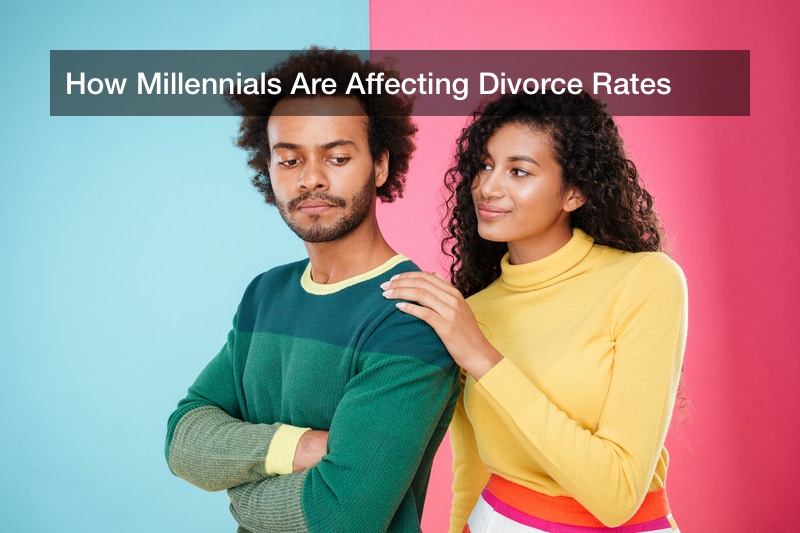
 As Millennials age and start to settle down, it seems that they may be affecting the divorce rate. However, the reasons behind this might be more complicated than they first seem. Millennials are changing the way long-term relationships work, and the divorce rates are starting to reflect this.
As Millennials age and start to settle down, it seems that they may be affecting the divorce rate. However, the reasons behind this might be more complicated than they first seem. Millennials are changing the way long-term relationships work, and the divorce rates are starting to reflect this.
Decline in Divorce Rates
While the U.S. divorce rate has been remaining steady around 50%, recent studies show that this number is gradually declining as more Millennial married couples remain together. Between 2008 and 2017, the national divorce rate fell by 21%, but the cause for this drop might not be what you’d expect. Even if the divorce rate is dropping, it doesn’t necessarily mean that there are more stable married couples today than there have historically been.
Instead, what this may mean, and what surveys suggest, is that fewer unhappy couples are getting married to begin with than in previous years. Previous generations may have been more likely to seek divorces; however, this is more likely due to these couples getting married more quickly and at younger ages than the current generation. Median ages for first marriage have been steadily rising since they began being tracked in 1947; the median age now for a first-time marriage has reached 28 years for women. Millennials are staying in relationships longer before marrying than previous generations, giving them more time to leave unhealthy relationships before a legal divorce would be necessary.
New Era For Marriages
This shift in trends towards long-term relationships without marriage signals a change in the way couples live in today’s modern world. 5.5 million U.S. couples live together unmarried, a figure that’s likely to only grow in the years to come. Additionally, recent changes in who is getting married, like same-sex couples, are bound to change marriage and divorce statistics in the near future, and already changes are taking place.
Ultimately, while divorce rates may be shrinking, that does not necessarily mean that long-term relationships are inherently healthier today than they have been before. If the break-ups of cohabiting couples were counted along with divorces, it’s possible that the divorce rates would still look similar. Overall, the changes in the divorce rate are less a reflection of marriages lasting longer, and are instead a better reflection of who is getting married to begin with. What this change in divorce rate means for married couples everywhere remains to be seen; it is difficult to say if the downward trend will continue or if divorces will pick up again with future generations.



